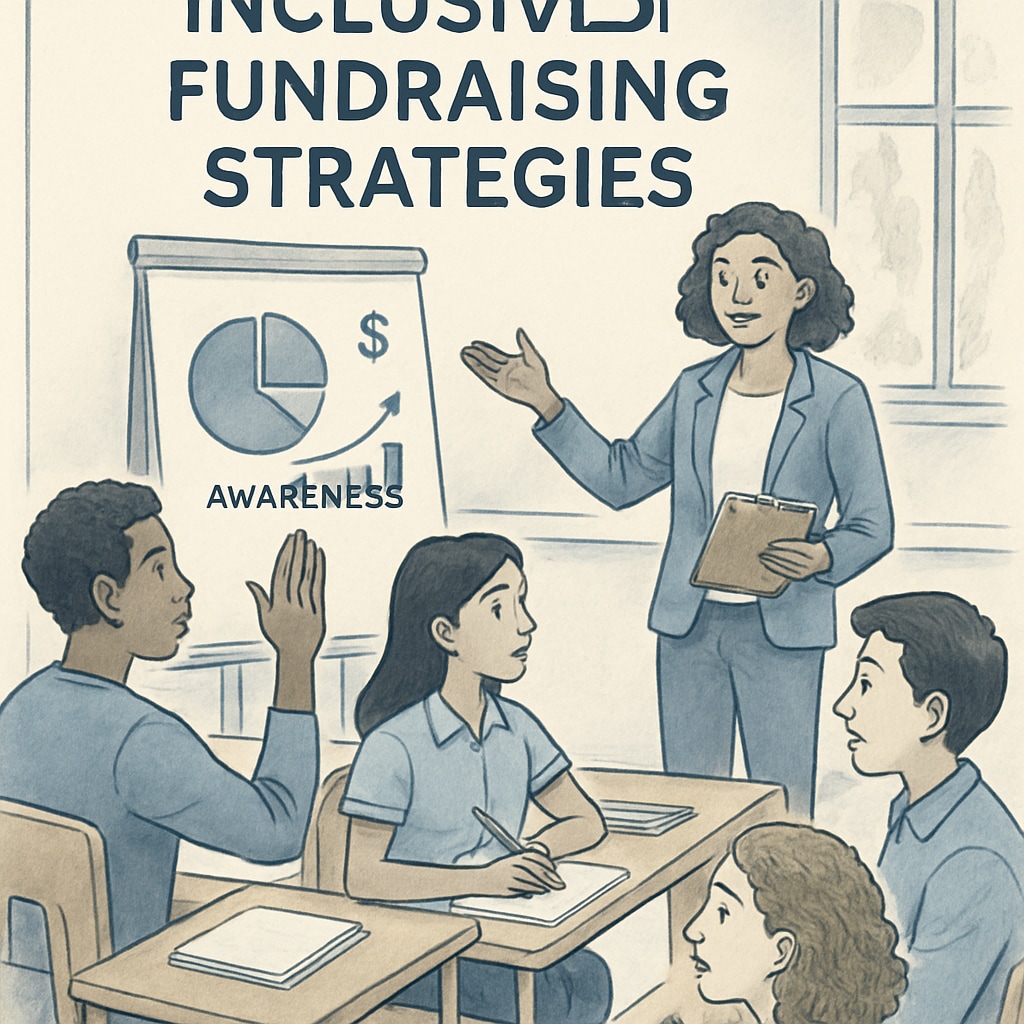School fundraising activities often aim to support important initiatives such as facility upgrades, extracurricular programs, or scholarships. However, when these activities adopt a tiered donation model, where students or families contributing higher amounts receive exclusive benefits, they risk fostering “school fundraising, economic discrimination, privilege activities.” This dynamic can unintentionally amplify existing socioeconomic divides among students, undermining the principle of equality that schools strive to uphold.

The Problem with Tiered Fundraising Models
Many schools implement tiered fundraising models, offering perks like premium event access, recognition, or exclusive privileges to those who donate larger sums. While this approach may incentivize higher contributions, it inadvertently creates a visible division among students based on their families’ financial capabilities. For example, a student whose family contributes the minimum amount may feel excluded when their peers receive special recognition or access to exclusive events.
These disparities can affect students’ self-esteem and social interactions, fostering an environment where wealth becomes a marker of status. According to research on educational equity (Equity in Education on Britannica), such practices can deepen socioeconomic divides in educational settings.
Reinforcing Socioeconomic Inequality
Tiered fundraising models not only create visible inequalities among students but also reinforce stereotypes about wealth and privilege. Students who consistently witness richer peers receiving preferential treatment may develop skewed perceptions of their own worth and capabilities. As a result, schools risk becoming microcosms of broader societal inequities rather than sanctuaries of inclusivity.
For example, a school gala where higher-paying families are seated in premium sections can send a message that financial contribution equates to greater social value. This phenomenon is discussed extensively in studies on social stratification (Social Stratification on Wikipedia), highlighting how such practices can perpetuate systemic inequalities.

Crafting Inclusive Fundraising Models
To address these issues, schools must adopt more inclusive and equitable fundraising models. Here are some strategies for creating fairer systems:
- Anonymous Contributions: Encourage anonymous donations to prevent public recognition based on monetary amounts.
- Flat Contribution Events: Organize events where all participants contribute the same nominal fee, ensuring equal access.
- Non-Monetary Incentives: Offer rewards based on participation or effort rather than financial contributions.
- Community Engagement: Promote fundraising initiatives that involve collective efforts, such as volunteer-led events or collaborative projects.
These practices not only reduce visible disparities but also foster a sense of unity and shared purpose among students. Schools can also implement educational sessions to help students understand the importance of collective efforts and social equity.
Looking Forward: Achieving Equity in School Fundraising
Schools play a crucial role in shaping students’ values and perceptions. By prioritizing inclusivity in their fundraising practices, they can set a positive example of equity and fairness. While tiered models may seem effective for raising funds, their long-term impacts on student relationships and self-esteem cannot be overlooked.
Ultimately, the goal of any school fundraising initiative should be to unite the community around shared goals rather than divide it based on financial contributions. By adopting equitable practices, schools can create environments where every student feels valued and supported, regardless of socioeconomic status.
As educational institutions continue to evolve, it is crucial to challenge traditional models that inadvertently promote exclusivity. Only by addressing these underlying issues can schools truly fulfill their mission of fostering inclusive and equitable communities.
Readability guidance: Use short paragraphs and lists to enhance readability; ensure smooth transitions with connectors like “however,” “therefore,” and “as a result.” Limit passive voice and long sentences.


